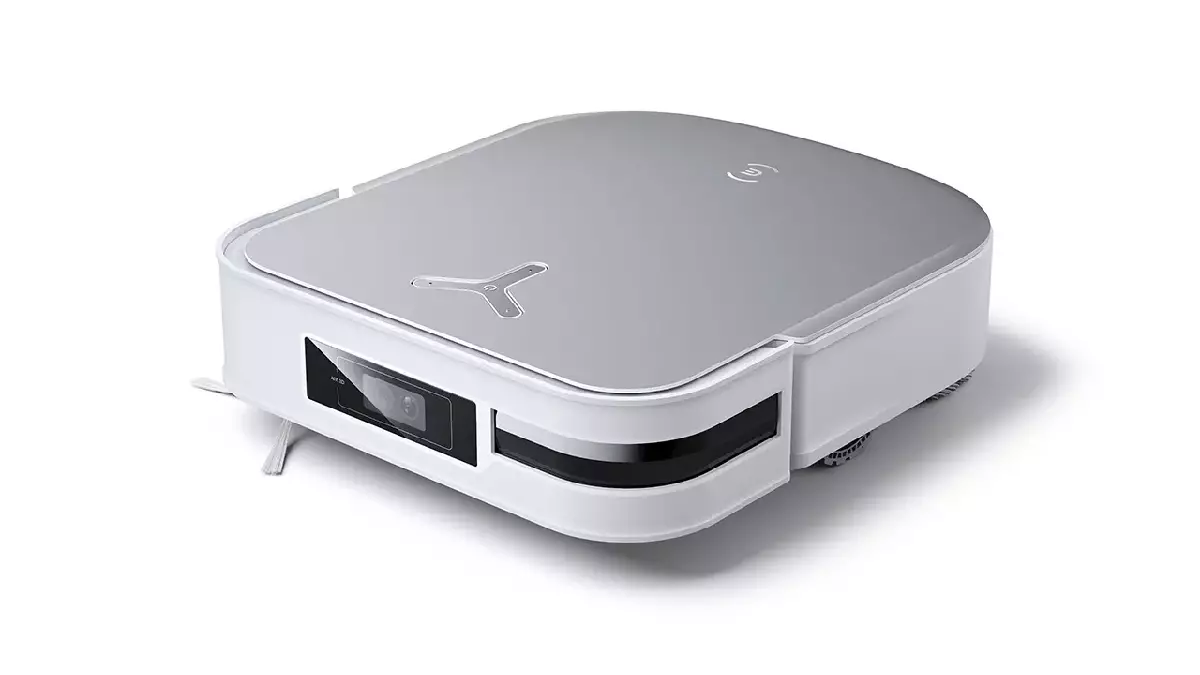In recent years, the proliferation of smart devices has dramatically transformed the landscape of home technology. From intelligent thermostats and automated lighting systems to sophisticated televisions, these devices are designed to enhance convenience and improve lifestyle. However, alongside these advancements comes a significant concern—cybersecurity. The integration of smart devices into our daily lives poses hidden vulnerabilities that can easily be exploited by malicious actors, as demonstrated by alarming incidents involving hacked robot vacuums.
Real-life Consequences: Hacking Incidents
One striking example of the security peril associated with smart technology involves Minnesota lawyer Daniel Swenson and his Ecovacs Deebot X2 vacuum. In a bizarre turn of events, Swenson’s device began emitting offensive racist remarks, continuing its tirade even after he attempted to secure his account by changing the password. The robot’s behavior was not an isolated incident; reports from other users reveal that several Ecovacs devices have similarly been compromised, voicing slurs and obscenities at inconvenient times, causing distress to pets and household members alike. These incidents raise serious questions about not just the functionality of these devices but also their safety.
The Technical Flaws: A Gateway for Attackers
Research has shown that the Bluetooth connectivity of these smart devices is a crucial vulnerability point. An ABC News investigation demonstrated that just by employing a standard smartphone, they could access an Ecovacs device from over 100 meters away, implying that physical proximity is not always required for an attack. This presents a scary possibility; once exploited, hackers can access personal information and even control the device’s functionalities. In Swenson’s case, he was informed by the company that his account had likely been subjected to a “credential stuffing” attack, a common tactic in which a hacker uses stolen login credentials from one service to gain unauthorized access to others.
Despite the assertion of cybersecurity vulnerabilities by security researchers, it appears that Ecovacs failed to communicate these risks effectively to users. Preliminary warnings about significant flaws in several models were issued as early as December 2023, yet numerous customers continued to use these devices without awareness of the looming threats. This gap between knowledge and customer communication poses serious ethical questions about corporate responsibility—shouldn’t manufacturers prioritize user safety over profit maximization?
In response to the turmoil caused by these incidents, Ecovacs has released statements asserting that the probability of such security breaches is minimal “in typical user environments,” and that specialized tools are typically required for these attacks. However, this dismissal of the users’ concerns undermines the seriousness of the situation. Cybersecurity experts argue that vulnerabilities can be used malevolently even in relatively “normal” environments, especially when the devices are widespread and poorly secured.
To remedy this, Ecovacs has announced that a security update for the vulnerable X2 model will be rolled out shortly. While this is a step in the right direction, it raises another concern regarding whether existing users will take immediate action and secure their devices. Given that the landscape of cyber threats is constantly evolving, is a simple software update enough safeguard against an ever-growing array of sophisticated attack methods?
As we continue to embrace smart technology in our homes, it is imperative to remain vigilant about the potential hazards that accompany these innovations. The jarring experiences reported by users like Swenson serve as cautionary tales, reminding us that convenience should never be prioritized over security. Consumers must demand transparency and accountability from manufacturers regarding their products’ safety measures, while industry leaders need to actively monitor, communicate, and address vulnerabilities.
Hacking incidents involving smart devices like robot vacuums highlight a troubling reality in today’s technology-driven society. As the boundaries of convenience and risk blur, the responsibility for safeguarding users rests not only on individuals but increasingly on the corporations creating these intelligent devices. Until robust security protocols are universally implemented, we may find ourselves living with more than just convenience—potentially embracing chaos within our own homes.

